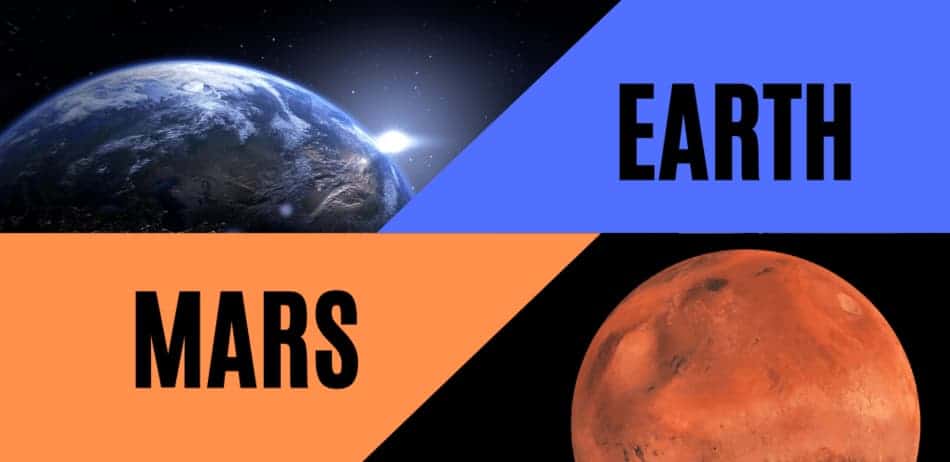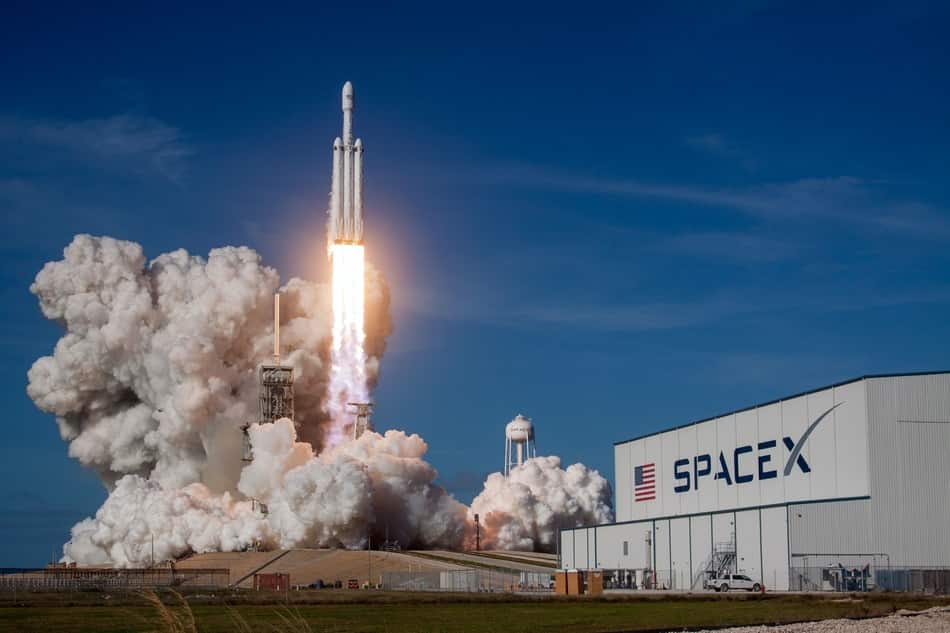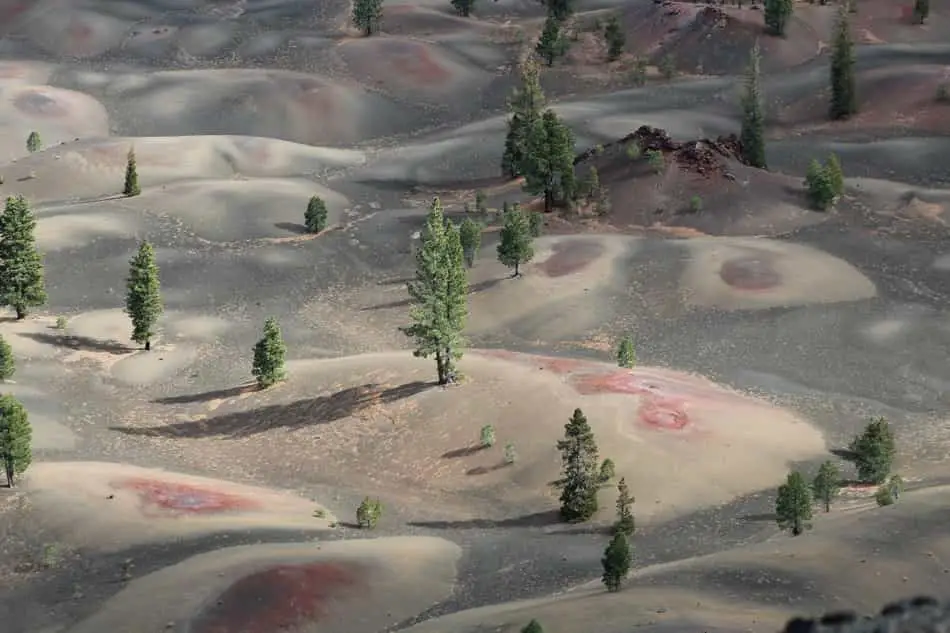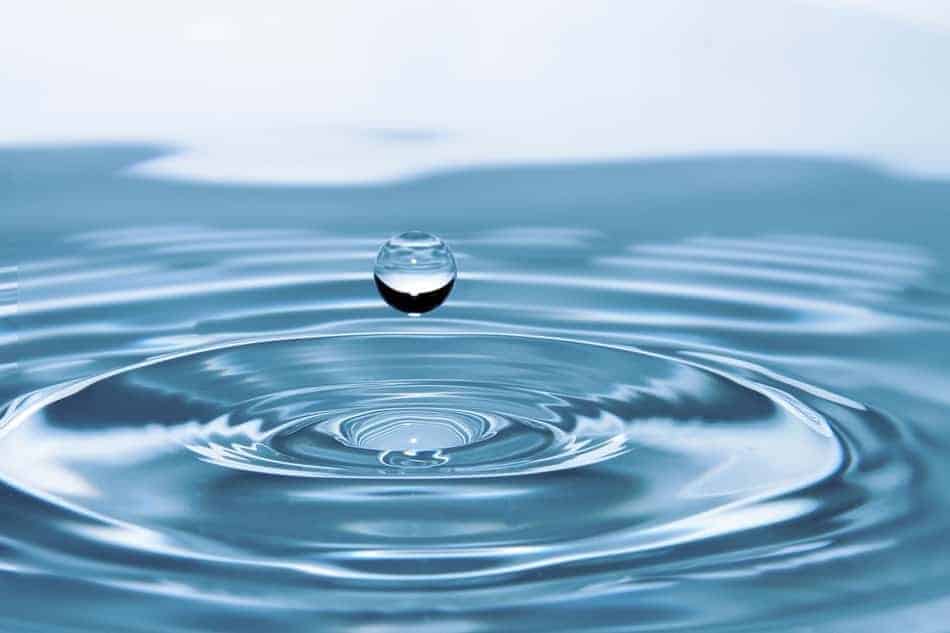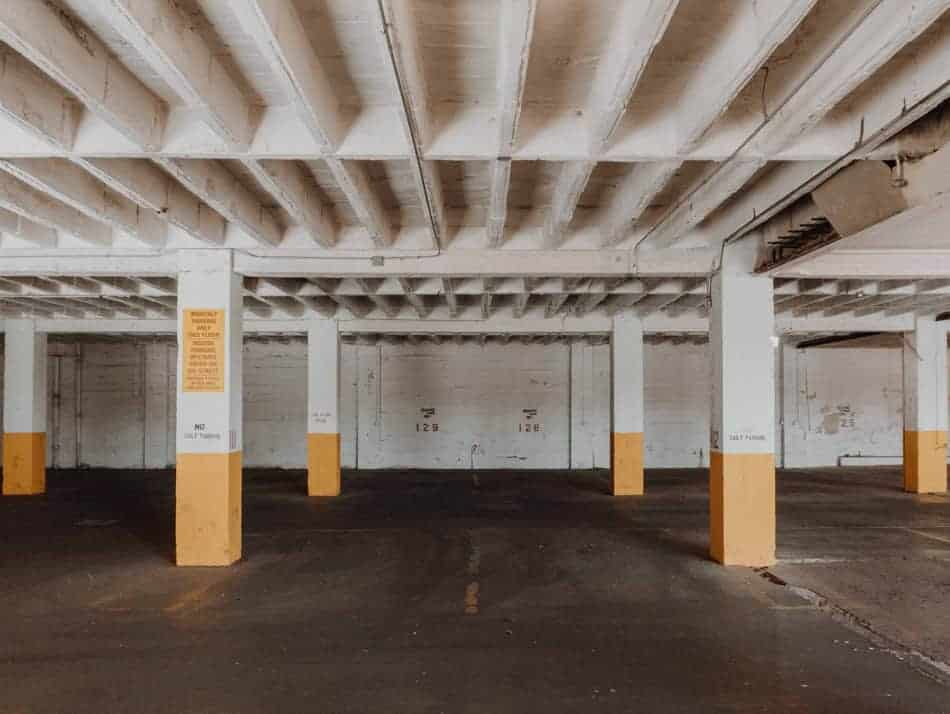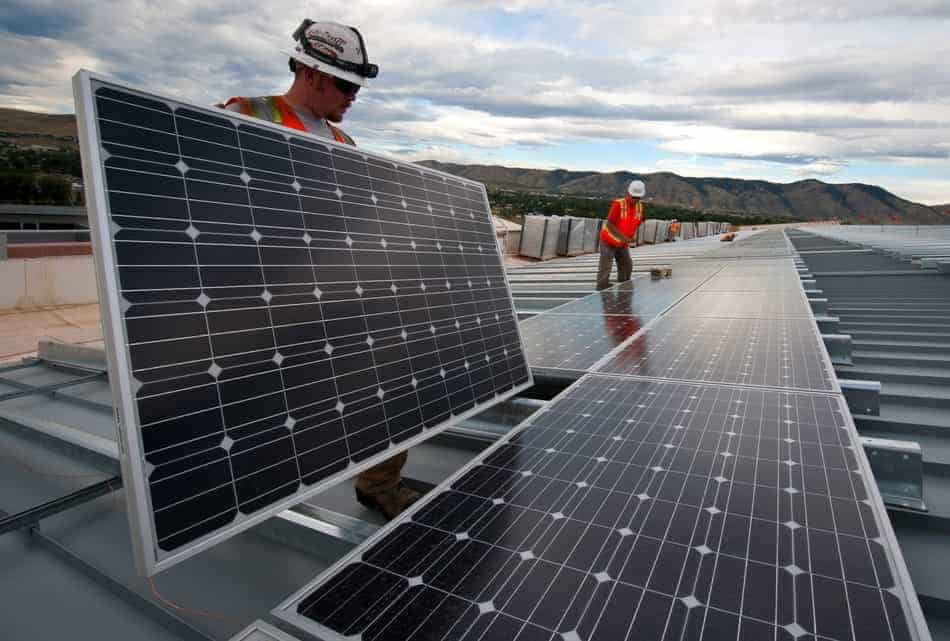If you have spent some time on the internet like me, then you would probably see how billionaires like Elon Musk and Jeff Bezos are emphasizing on the importance of reaching planet mars. They are also sure 100% that hydroponics can be used to sustain life there. I hate to break it to you Elon and Bezos, but the ability to grow hydroponics on mars is somehow questionable.

So is it possible to grow hydroponics on mars? In theory, hydroponics can succeed on mars using the natural resources that are present there. But when we do the actual math, some difficulties appear to be challenging.
After I have done my research, I have discovered that mars is full of natural resources that could be used in growing hydroponics. Of course, the actual hydroponic system with all of its appliances would be transported from Earth.
One of the most critical resources, water, is proven to be abundant on Mars. Moreover, there is also a considerable chance of generating electricity using efficient solar panels that are made on earth.
NASA did collaborate with SpaceX in the past 10 years and conducted several types of research and test flights to make the Mars plan happen as soon as possible.
However, is it really worth it to grow hydroponics on mars? Using hydroponic systems to grow food is already popular on earth and several countries have adopted this method, check this post that I wrote on the top 7 countries that grow hydroponics.
So, why don’t we just transport food from Earth as we have always done? I did a detailed cost breakdown on items like electricity, water and transportation to discover what it takes to grow hydroponics on mars.
At the end of the post, you will find a table comparing the final cost on mars and earth.
Electricity
Electricity is one of the essential items to consider when aiming to grow hydroponics, especially on Mars. As we all know, for a hydroponic system to function well, it must have appliances like LED lights, water pumps and air pumps.
When it comes to using electricity on mars, there is good news and bad news. The good news is that mars tend to have lower gravity than earth. Mars have 38% of the gravity that the earth has; this tends to save a lot of electricity.
On Mars, there will be less force applied on vertical pipes in the system from gravity. As a result, less force will be applied to the pumps leading to less electricity consumption.
The bad news is that mars have less sunlight than Earth. Studies have shown that Mars tends to get only 44% of the sunlight that the Earth tends to get. The reduced sunlight will prevent the plants from doing sufficient photosynthesis for growth and food production.
Mars’s atmosphere tends to have a lot of radiations and dust storms; most of the plants will be grown indoor anyways for more protection and LED lights powered by solar energy will be used. However, the solar panels used for generating electricity will be less efficient. More solar panels could be used to compensate for the lost efficiency, but still, it would add up more transportation costs to get these pannels back from earth.
Cost of Running LED Lights
We will assume that the growing cycle of lettuce is around 55 days. One tonne of lettuce contains 1,250 lettuce heads. To grow 1,250 lettuce heads in a hydroponic system, we would need 68 square feet.
Every square foot will require 32 watts of electricity to power the LED light units. A 68 square feet facility would use 2,176 watts/hour. The consumption of 2,176 watts/hour for 12 hours will result in daily energy consumption of 26.112 KW/day.
The LED lights used to produce one tonne of lettuce (1,250 heads) on Mars will consume 26.112 KW/day.
Cost of Running Water and Air Pumps
A tonne of lettuce will require 80 gallons of water circulating in the hydroponics system. To use air pumps, every 1 gallon of water will need 1 watt of electricity. The system will use 80 watts/hour for 24 hours. This will result in daily energy consumption of 1.92 KW/day.
The air pumps used to produce one tonne of lettuce (1,250 heads) on Mars will consume 1.92 KW/day.
Water pumps do not consume a lot of energy. Moreover, there will be a significant boost in the pump’s efficiency due to the decreased gravity. As a result, the overall energy consumption of the water pumps will be totally unheard of.
Water and Nutrients
Water
As we all know, water is crucial for the growth of any plant. Hydroponic systems tend to decrease the water consumption of any plant, but still, water with sufficient quantity is required.
Transportation of water from the earth is expensive and unsustainable in the future. Of course, if hydroponics were to be used on Mars, exploration of water is a must.
Studies and researches suggested that there is water present with high quantities in several locations on Mars. It has been spotted as ice above, under the ground, and even a gigantic slab of ice that is as big as California and Texas was discovered as well.
According to Stephen Petranek ” There is so much water on Mars in the form of ice that if all of it were to melt at once the entire planet will be a thousand feet deep in water”
Unfortunately, water extraction on Mars is a complicated process. Microwaving and digging the ice present on and beneath the surface can be used as a water extraction method.
Elon musk suggested a plan for water extraction on Mars. Apparently, his plan is no different than any plan he has made before. He wants to bomb planet Mars with a massive nuclear bomb to melt all of the present ice.
Nutrients
The martian soil cannot be used directly to grow hydroponics; this is caused by the fact that the soil on Mars contains toxins that might harm the lettuce that we are trying to grow. Several studies have shown success in extracting minerals from the martian soil.
Other studies have shown that in deep layers beneath the ground, there is martian soil that is near to the soil of the earth. This could be extremely important because the martian soil could be used to extract nutrients easily without fearing to damage the hydroponic plants with toxins.
Facilities
There are many things we will need to consider when trying to grow a hydroponic system on planet Mars. Apparently, the atmosphere of Mars is different in several ways than that of earth. So, some modifications and precautions must be made first to the hydroponic system facilities that we are going to build.
Vertical Farms
On Mars, we cannot vertical farming as we know it nowadays on earth. Mars has less gravity than earth. As a result, plants grow taller on Mars when compared to plants on earth. The plants will grow high enough until reaching the LED lights, which will result in dangerous fire hazards.
Of course, when we are talking about short crops like lettuce, there is little to no hazards to take care of. Other crops like tomatoes must be well secured from any possible hazard.
Due to the mentioned problems, vertical farms on Mars must be less compressed than farms on earth and proper spacing between the plants and LED lights should be provided. This will lead to an overall lower maximum production per meter compared to earth.
Warehouses
Unlike the earth, the atmosphere of Mars is somehow more dangerous. Dust storms and radiations are common to be found on mars. So, protection must be made for the hydroponic systems. The systems can be placed in underground or protected warehouses.
Solar Pannels
Solar energy will be the primary source of powering the whole hydroponic system. Air pumps, LED lights and water pumps will use solar energy to operate. To produce a tonne of lettuce in 55 days, 28.032 KW/Day will be consumed.
The solar panels on Mars will produce 118.8 W/m2 in a 12 hour period. To be able to produce 28.032 KW/Day, 236 meter square of solar panels will be required.
Regularly, solar panels would cost 800$/m2 on earth, but there are several other factors involved. Transporting these solar panels from earth to mars will cost a lot of money. The final cost of solar panels per meter square will reach as high as 2550 $/m2.
Water
As I have mentioned before, water is crucial for the growth of any hydroponic plant. So, facilities for water extraction, purification, and storage must be built.
Why Hydroponics Might Fail On Mars
The first thing that might cause hydroponics to fail on Mars is its relatively small space. Plants tend to grow taller on mars due to the lower gravity, so proper spacing must be done between the plants and the LED lights to make sure no fire hazards will happen.
This proper spacing will result in decreasing the number of crops growing vertically in a meter square. To compensate for the reduced production, we must use more hydroponic systems which will use more space.
Now, of course, this scenario is going to be viable in the far future when all of Mars space is over-occupied with other facilities. But in the meantime, concerning ourselves with this problem is considered a waste of energy.
Another critical problem that might affect the hydroponic system plan on Mars, especially at the beginning, is transportation.
Bringing things on Mars down from earth is really expensive. In fact, if we send nine crews to Mars just like what happened on the moon, it will cost near $1.5 trillion.
A whole hydroponic system will be expensive to transport to Mars. Moreover, the solar panels required to power the hydroponic facilities will, definitely, cost a fortune.
Building up a hydroponic system on Mars has turned out to be very expensive and require high maintenance cost. It made me ask is it really worth it to try and establish hydroponic systems on Mars instead of just transporting raw food from earth.
Cost Breakdown
As I have mentioned before, the cost of solar panels will reach 2550 $/m2. To calculate the cost per watt on Mars, we will need to divide the total cost of the solar panels over the estimated lifespan of 20 years.
The cost of electricity on mars will be around 0.55 $/kW. This is literally double the cost of electricity in Hawaii. I wrote a post about hydroponics electricity consumption, I think it can make you imagine how much electricity is cheaper on Earth when compared to Mars.
The following table will compare the cost of growing one tonne of lettuce on earth and Mars assuming that the cost of transportation to Mars will be 500$/Kg.
| Earth | Mars | |
| Operation Costs | ||
| LED Lights | 394.4$ | 789.9$ |
| Air and Water Pumps | 29$ | 58.1$ |
| Total Operating costs | 423.4$ | 848$ |
| Initial Investment Cost | ||
| Solar Pannels | 188,800$ | 601,800$ |
| Hydroponic systems | 1,824$ | 81,824$ |
| LED Lights | 2,400$ | 8,400$ |
| Initial Investment Total | 193,024$ | 692,024$ |
| Cost of Transporting One Tonne Of Lettuce To Mars | 500,000$ | 0$ |
| Total Cost of A Tonne Of Lettuce | 693,447$ | 692,872$ |
Of course, there are some factors I didn’t take into consideration. Water was one of these factors because no one can predict right now the cost of its extraction on mars. But I’m sure that whatever is going to be spent there, its cost will be recovered over the first few years.
Also, the cost of the workforce on earth will be considered a lot cheaper when compared to Mars because of the complicated training and equipment that astronauts receive.
Although growing hydroponic plants on earth can be turned into a ludicrous business (I made a cost breakdown that might be helpful so check it out), the transportation costs of bringing these crops to Mars is super expensive.
In the end, the cost breakdown has proved that growing hydroponics on Mars is the cheaper option. Moreover, the already transported hydroponic systems and solar panels can be used again to grow future crops for a fraction of the cost.

